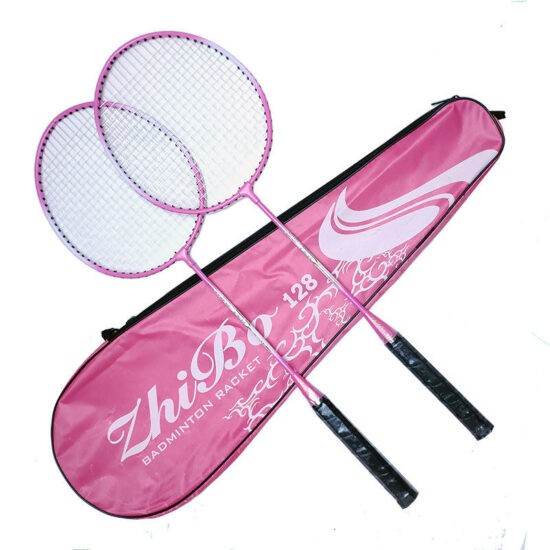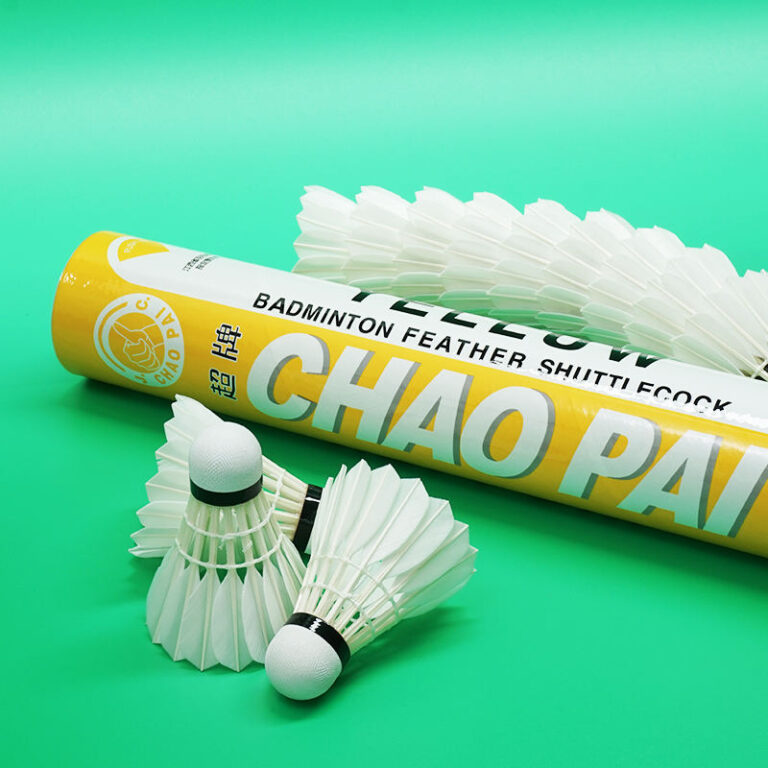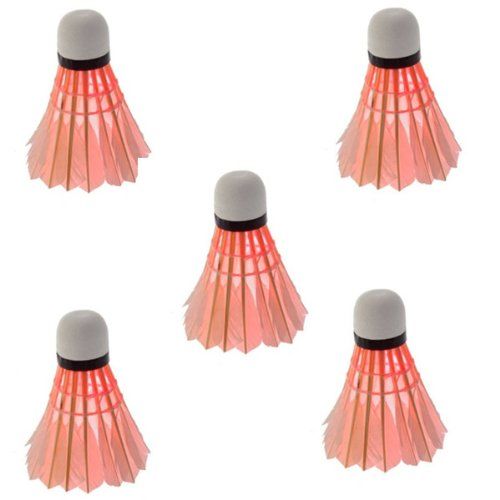jay@nbdho.com
How Humidity and Temperature Affect Shuttlecock Performance
Here’s a complete SEO-optimized blog post draft for “How Humidity and Temperature Affect Shuttlecock Performance”:
Title: How Humidity and Temperature Affect Shuttlecock Performance
Meta Description: Discover how changes in humidity and temperature influence the flight, durability, and overall performance of badminton shuttlecocks for optimal gameplay.
🏸 Introduction
Badminton shuttlecocks might seem simple, but their performance is surprisingly sensitive to environmental factors like humidity and temperature. These conditions can impact shuttlecock flight, speed, and durability — critical aspects for both casual players and professionals. Understanding how weather affects shuttlecocks helps you choose the right type and prepare your gear for any playing environment.
1. Humidity and Its Impact
- High Humidity:
- Moisture causes feather shuttlecocks to absorb water, making feathers heavier and softer.
- This leads to slower shuttlecock flight and improved control but reduced durability due to feather weakening.
- Nylon shuttlecocks are less affected by humidity but may become slightly heavier.
- Low Humidity:
- Dry air can make feathers brittle and prone to breaking.
- Shuttlecocks fly faster but with less stability, making shots less predictable.
- Feather degradation happens faster, increasing the need for replacements.
2. Temperature Effects
- High Temperature:
- Heat can cause feathers to dry out and become fragile.
- Cork bases might expand or dry, affecting bounce and flight consistency.
- Nylon shuttlecocks generally handle heat better but can soften slightly, changing flight behavior.
- Low Temperature:
- Cold air increases shuttlecock density, making it slower and harder to control.
- Feathers may stiffen, resulting in a faster flight path and potentially shorter durability.
3. Choosing Shuttlecock Speed Based on Environment
- Manufacturers provide shuttlecocks in different speed ratings (typically 75-79) to accommodate environmental variations.
- Higher speed shuttlecocks are suitable for humid, hot climates where shuttles tend to slow down.
- Lower speed shuttlecocks fit colder or dry environments to compensate for faster flight.
4. Tips for Maintaining Shuttlecock Performance
- Store shuttlecocks in a humidity-controlled container or tube with a damp sponge to maintain feather flexibility.
- Avoid exposing shuttlecocks to extreme temperatures or direct sunlight.
- Rotate shuttlecock batches to use fresher ones in critical matches.
🏸 Conclusion
Environmental factors like humidity and temperature significantly affect shuttlecock performance in badminton. By understanding these influences, players can choose the right shuttlecock speed and material, store their equipment properly, and maintain consistent gameplay regardless of weather conditions.
🎯 Stay prepared, adapt to your environment, and keep your game sharp!
Suggested SEO Keywords:
humidity effect on shuttlecock, temperature and shuttlecock performance, badminton shuttlecock flight, shuttlecock durability climate, best shuttlecock speed for weather
Would you like me to add a quick reference chart on shuttlecock speed selection based on weather?





